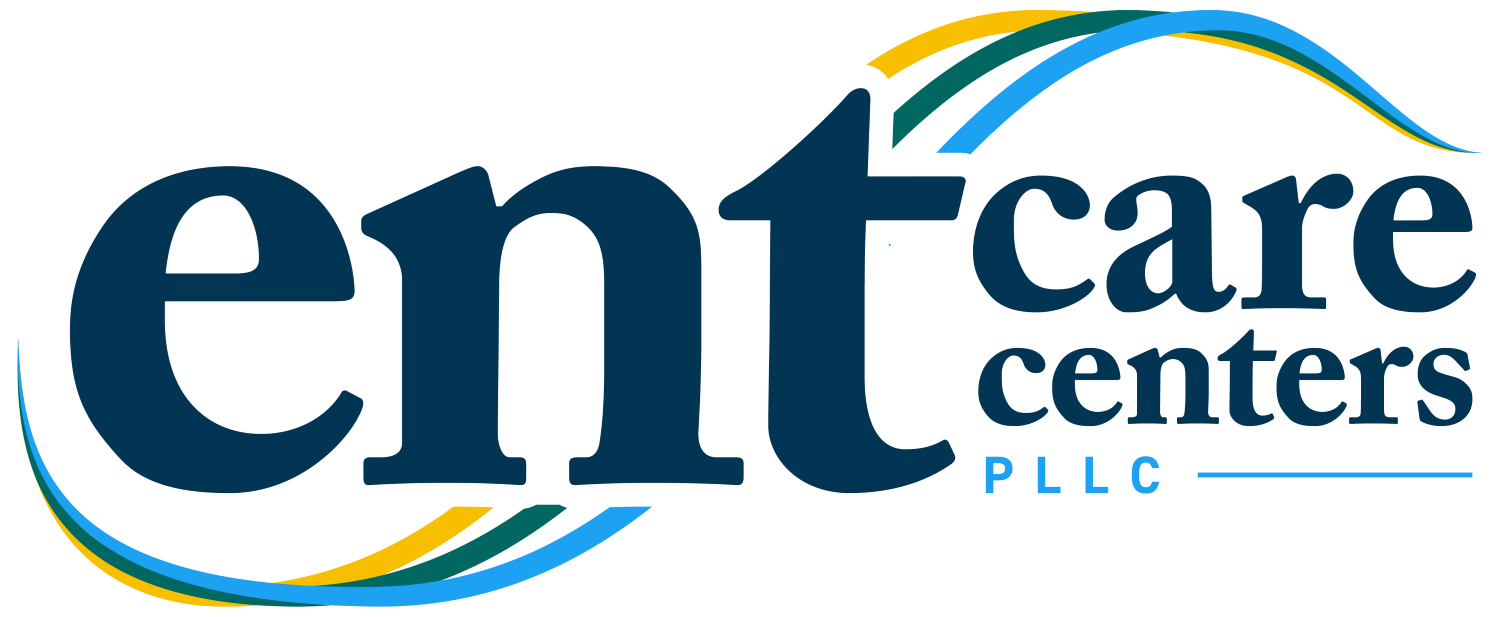Septoplasty
Have you ever wondered what septoplasty is all about?
Septoplasty is a surgical procedure that straightens the septum—the cartilage and bone that divides your nostrils—to improve airflow and enhance breathing. Discover how septoplasty can make a significant difference in your quality of life. Keep reading to find out more!
What is a Deviated Septum?
A deviated septum occurs when the nasal septum is displaced to one side, making one nasal passage smaller. This can be due to congenital factors, or it can result from injury or trauma to the nose. Symptoms of a deviated septum include:
- Difficulty breathing through one or both nostrils
- Nasal congestion, often one-sided
- Frequent nosebleeds
- Facial pain or headaches
- Noisy breathing during sleep
When is Septoplasty Necessary?
While not everyone with a deviated septum requires surgery, septoplasty is recommended when:
- Breathing difficulties significantly impact daily life
- Chronic sinusitis or recurrent sinus infections occur
- Sleep disturbances such as sleep apnea are present
- Other treatments, like medications, have failed to provide relief
Consulting with an ear, nose, and throat (ENT) specialist will help determine if septoplasty is the right option for you.
The Septoplasty Procedure
Pre-operative Consultation
Before undergoing septoplasty, you will have a consultation with an ear, nose, and throat (ENT) specialist. During this appointment, the doctor will:
- Conduct a thorough examination of your nasal passages.
- Discuss your symptoms and medical history.
- Explain the procedure, including its risks and benefits.
- Review any medications you are currently taking and any necessary pre-operative instructions.
The Surgery
Septoplasty is usually performed as an outpatient procedure, meaning you can go home the same day. Here’s what to expect:
- Anesthesia: You will receive either local anesthesia with sedation or general anesthesia, depending on the complexity of the procedure and your doctor’s recommendation.
- Incision: The surgeon will make an incision inside the nose to access the septum.
- Correction: The deviated portions of the septum will be repositioned or removed to create a straighter structure.
- Closure: The incision will be closed, and, in some cases, splints may be placed to support the septum during healing.
The procedure usually takes about 30 to 90 minutes, depending on the complexity of the case.
Recovery After Septoplasty
Post-surgery recovery varies for each patient but generally involves:
- Initial Recovery Period: Expect some swelling, mild discomfort, and nasal congestion for a few days.
- Pain Management: Over-the-counter pain relievers or prescribed medications help manage discomfort.
- Nasal Care: Follow your surgeon’s instructions on how to care for your nose post-surgery. This may include using saline sprays to keep nasal passages moist.
- Activity Restrictions: Avoid strenuous activities and exercise for at least two weeks to prevent complications.
- Follow-Up Appointments: Be sure to attend all scheduled follow-ups to monitor healing progress.
Most people return to normal activities within a week or two, but complete healing can take several months.
Potential Risks and Complications of Septoplasty
Septoplasty or deviated septum surgery can carry a risk of complications, such as bleeding, infection, nosebleeds, and scarring. In rare cases, the procedure can cause nerve damage which can lead to a loss of feeling in the face. Additionally, there is a risk of the septum becoming deviated again over time. It is important to discuss all potential risks and benefits of the procedure with your doctor.
Benefits of Septoplasty
For many patients, septoplasty offers significant benefits:
- Improved airflow and breathing through the nose
- Reduced frequency of sinus infections
- Better sleep quality and reduction in snoring
- Enhanced overall quality of life
Cost of the Procedure
The cost of septoplasty or deviated septum surgery depends on your insurance plan and the location of the surgery. Generally, the cost of septoplasty ranges from $2,000 to $10,000 and is usually covered by insurance. If you are considering septoplasty, it is important to discuss the cost of the procedure with your doctor ahead of time.
Alternatives to Surgery
When it comes to treating a deviated septum, there are several alternatives to surgery. Depending on the severity of the condition, some patients may be able to find relief with medications and lifestyle changes. Non-surgical treatments, such as nasal sprays and decongestants, can help reduce inflammation and open up the nasal passages. However, these remedies do not affect the actual deviated septum.
Patients may also find relief from alternative therapies, such as acupuncture or yoga. These treatments can help reduce stress and tension in the body, which can lead to improved breathing and help reduce symptoms associated with a deviated septum. In addition, lifestyle changes such as avoiding allergens, quitting smoking, and eating a healthy diet can all help reduce symptoms associated with a deviated septum.
If you’re considering septoplasty, consult with a
qualified ENT specialist who can guide you through the process and help you achieve better breathing and an improved quality of life. Remember, taking the first step towards addressing your nasal concerns can lead to significant improvements in your overall well-being!
Frequently Asked Questions
What is a deviated septum?
A deviated septum is a condition where the thin wall of cartilage and bone that separates the nostrils, known as the nasal septum, is crooked or off-center. This can lead to difficulty breathing through one or both sides of the nose.
What causes a deviated septum?
A deviated septum may be present from birth, develop overtime, or be caused by trauma or injury. It can develop over time due to aging.
What is the treatment for a deviated septum?
The treatment for a deviated septum depends on the severity of the condition. In mild cases, doctors may recommend conservative treatments such as nasal strips or decongestants. For more severe cases, surgery may be necessary to correct the condition. This is known as septoplasty, which can be performed with or without functional endoscopic sinus surgery (FESS).
Does insurance pay for septoplasty?
Septoplasty is typically covered by most health insurance carriers, including Anthem, Aetna, Cigna, Humana, Medicare, and Medicaid. The procedure is often covered by insurance if there is a functional component to the surgery. However, if the surgery is performed strictly for cosmetic reasons, then insurance will not cover the cost. Patients may be reimbursed for the cost of a rhinoplasty procedure if it corrects or improves breathing. It is important to note that some medical insurance plans may refuse to cover septoplasty even when it is deemed a medical necessity.
Medical Reviewers
Last Review Date: February 2025
Content Reviewer:
- Dr. Thomas Higgins, MD, MSPH



